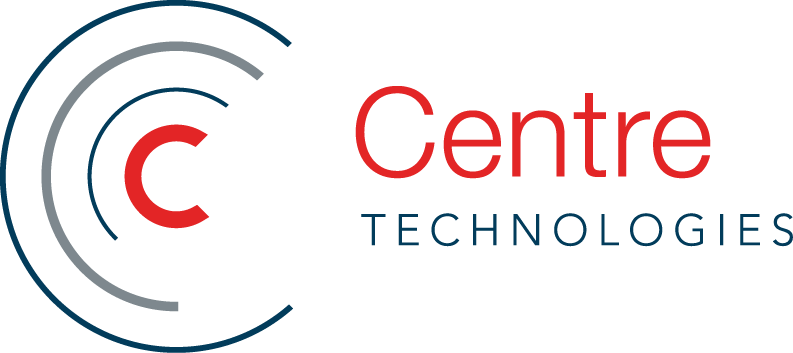Microsoft follows a structured lifecycle for its software, ensuring that users have access to the latest innovations while phasing out older versions that can no longer meet modern security and performance standards. This process, which includes pesky acronyms like End of Support (EOS) and End of Life (EOL), is a critical milestone that signals the end of official support, updates, and security patches for a particular product. Windows 10 will be EOS on October 14, 2025. Businesses should expect a lack of security updates leaving them open for vulnerabilities, potential compliance issues, and a slower system.
Included in this article:
- 3 Major Impacts to Your Businesses Post Windows 10 EOS
- Next Steps if You Haven't Migrated
- How Centre Can Help
Windows 10 End of Support Impacts on Your Business
No More Scheduled Patches or Free Software Updates
For Centre customers, we can still provide you with basic service, however, we cannot provide you with patching services or guarantee complete compliance and cybersecurity protection in the event you wish to remain on Windows 10 systems.
- Microsoft will stop releasing security patches and free updates after the EOS date.
- Unpatched systems are easy target for cyber threats.
- Businesses using Windows 10 after October 14th, 2025 face significantly higher risk of data breaches, including malware and ransomware.
Potential Compliance Issues
Continuing to run on the unsupported Windows 10 exposes businesses to regulatory violations within your industry, resulting in insurance denial.
- Using Windows 10 post-EOS can cause non-compliance with HIPPA, GDPR, and PCI-DSS standards.
- Noncompliance leads to hefty fine and legal consequences.
- Using unsupported Windows 10 could disqualify companies from insurance eligibility.
- Compliance violations damage business reputation and stakeholder trust.
Outdated Infrastructure Slows Down Your System
Unsupported operating systems can become incompatible with newer applications and hardware, leading to decreased productivity, system crashes, and operational inefficiencies.
- Unsupported legacy systems trigger frequent crashes and instability.
- Slow systems result in lower production and lost revenue.
"Our team is working every day to make this transition an easy one. But at the end of the day, Windows 10 users must consider the implications of waiting. EOS is only weeks away and there's already a danger of bottle necking. Upgrading isn't a want, it's a must."
Sarah Coleman
Director of Customer Success at Centre
Next Steps for those using windows 10
Clearly Microsoft 10 EOS is more than just a nuisance (which it kinda is if you're currently dealing with it): it's cyber protection, company-wide compliance, and financially relevant. Here's how to prep before that impending EOS date.
- Get in Touch with Your Tech Team or MSP
Whether you have an in-house IT department or work with a Managed Service Provider (MSP), now is the time to start discussing upgrade strategies (like yesterday). For Centre, this means scheduling a call with your vCIO or bringing it up in your next TBR (if your vCIO hasn't already!). Your tech team can evaluate your current infrastructure and recommend the best course of action to ensure a smooth transition.
- Begin Planning Your Migration
Upgrading to a newer operating system or transitioning to cloud-based solutions requires careful planning. Consider factors such as hardware compatibility, software licensing, and data migration strategies to minimize disruption to your business operations.
- Consider Upgrading to Windows 11 or Alternative Solutions
Microsoft typically provides upgrade paths for businesses transitioning from an older operating system. Efficiency, however, will depend on your adaptability.
- Windows 11 is next on the chopping block. Consider a migration to a newer system for less headaches in the future.
- If you have an older machine, your hardware may not be compatible with Windows 11. This doesn't mean you can't upgrade but it could be an ugly experience. Check out this article from Microsoft on the minimum requirements to upgrade.
- Regardless, it's best for you to discuss these options with your IT team first to avoid any compliance or cybersecurity risks after the migration.
centre helps businesses migrate seamlessly
Whether you're upgrading your systems or just confused on where to start, we can help. We can help you better understand the specific options for your infrastructure that will keep you up and running and productive throughout the upgrade process.
If this sounds like something you could benefit from, give us a call. We'll get you squared aware before the (impending) October deadline.
To learn more about how Managed Services can impact your business, check it our on the website.


 Emily Kirk
Emily Kirk